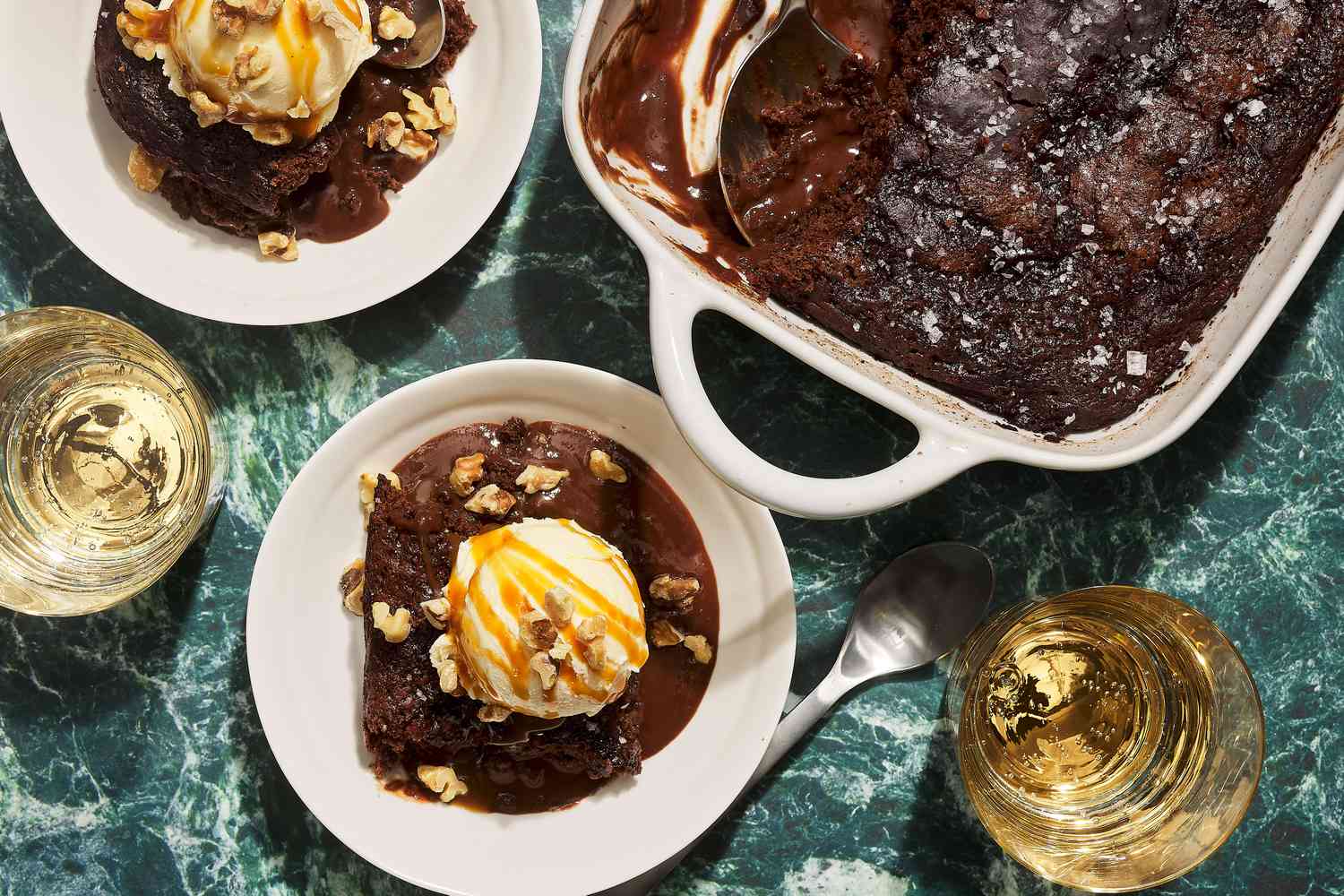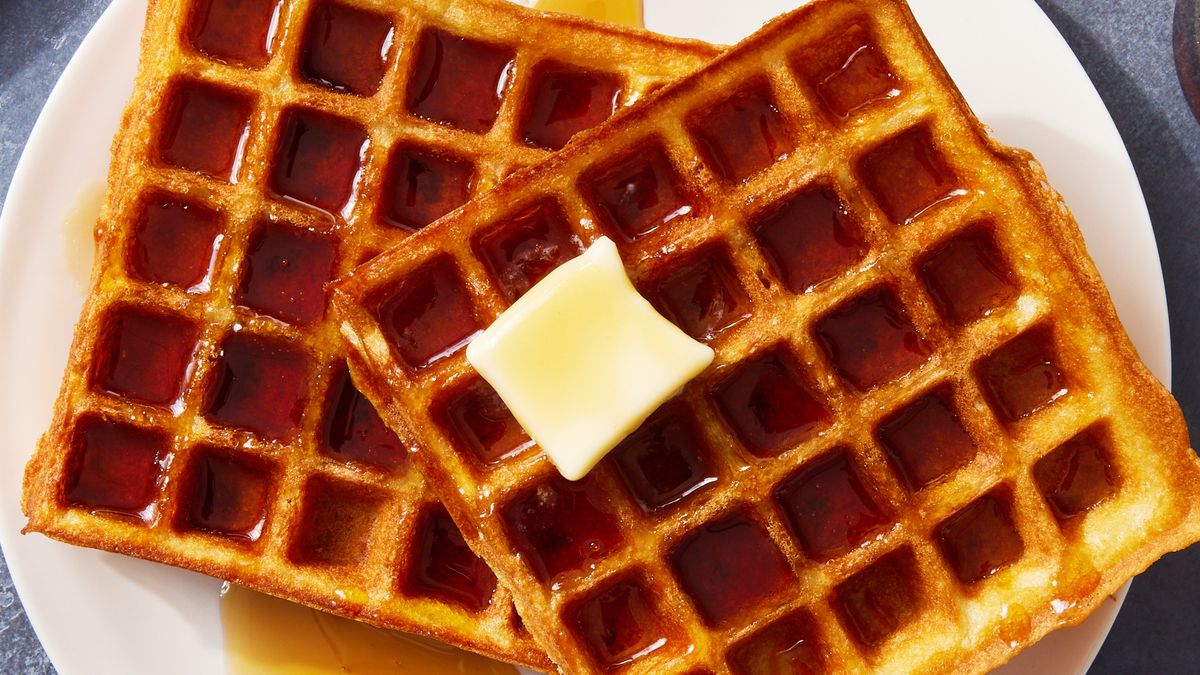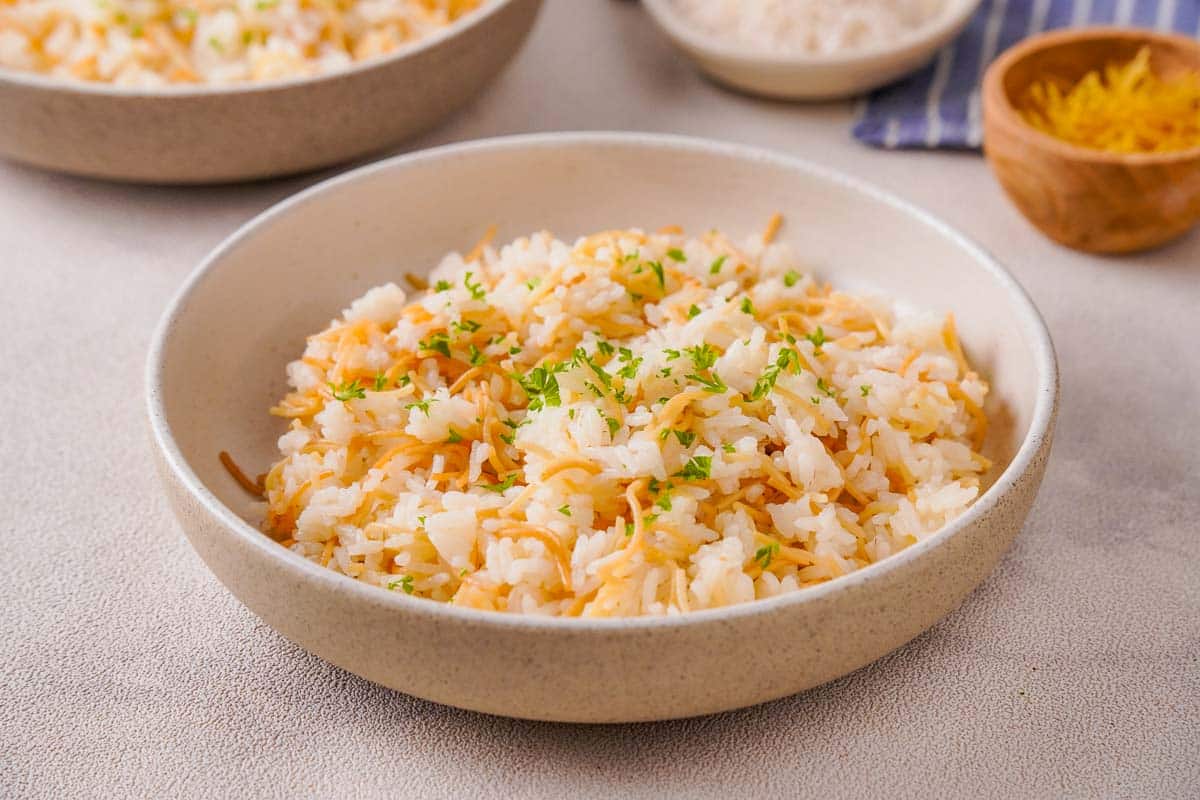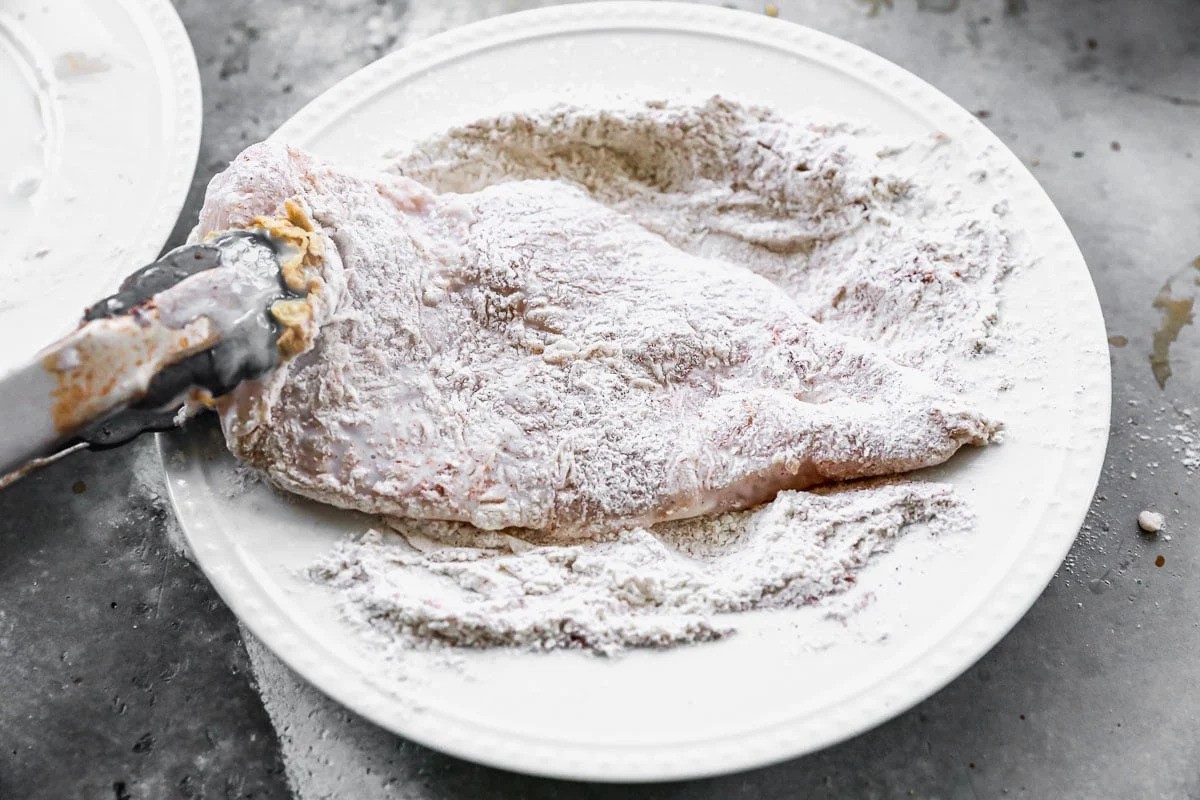The Difference Between Grated and Shredded Cheese
When it comes to adding cheese to your favorite dishes, you may have noticed that recipes often call for either grated or shredded cheese. While these terms are sometimes used interchangeably, there are actually some key differences between the two. Let’s take a closer look at what sets grated and shredded cheese apart.
Grated Cheese
Grated cheese is typically made by rubbing a block of cheese against a grater, resulting in fine, powdery strands of cheese. This type of cheese is often used for sprinkling over dishes like pasta, salads, and soups. Grated cheese has a finer texture compared to shredded cheese, which allows it to melt more quickly and evenly when added to hot dishes.
Shredded Cheese
On the other hand, shredded cheese is made by passing a block of cheese through a shredder, creating slightly thicker and longer strands of cheese. Shredded cheese is commonly used in recipes that call for melted cheese, such as casseroles, pizzas, and quesadillas. The slightly thicker strands of shredded cheese provide a satisfying texture and gooey melt when heated.
Key Differences
Now that we understand the basic methods for creating grated and shredded cheese, let’s highlight the key differences between the two:
- Texture: Grated cheese has a finer, powdery texture, while shredded cheese has slightly thicker and longer strands.
- Usage: Grated cheese is often used for sprinkling over dishes, while shredded cheese is ideal for melting and incorporating into recipes.
- Melting: Due to its finer texture, grated cheese melts more quickly and evenly than shredded cheese.
Which One to Use?
When deciding whether to use grated or shredded cheese in a recipe, consider the desired outcome. If you’re looking for a quick-melting cheese to sprinkle over a hot dish, grated cheese is the way to go. On the other hand, if you want a cheese that will melt into gooey strands and add a satisfying texture to your dish, shredded cheese is the better choice.
Ultimately, both grated and shredded cheese have their own unique characteristics and are suited for different culinary applications. Whether you’re topping off a dish with a sprinkle of grated cheese or adding a generous layer of shredded cheese to a recipe, understanding the differences between the two can help you achieve the perfect flavor and texture in your cooking.
Next time you’re in the dairy aisle, take a moment to appreciate the versatility of grated and shredded cheese, and consider how each type can elevate your favorite dishes in its own special way.
Was this page helpful?
Read Next: What Is Cup To Grams











